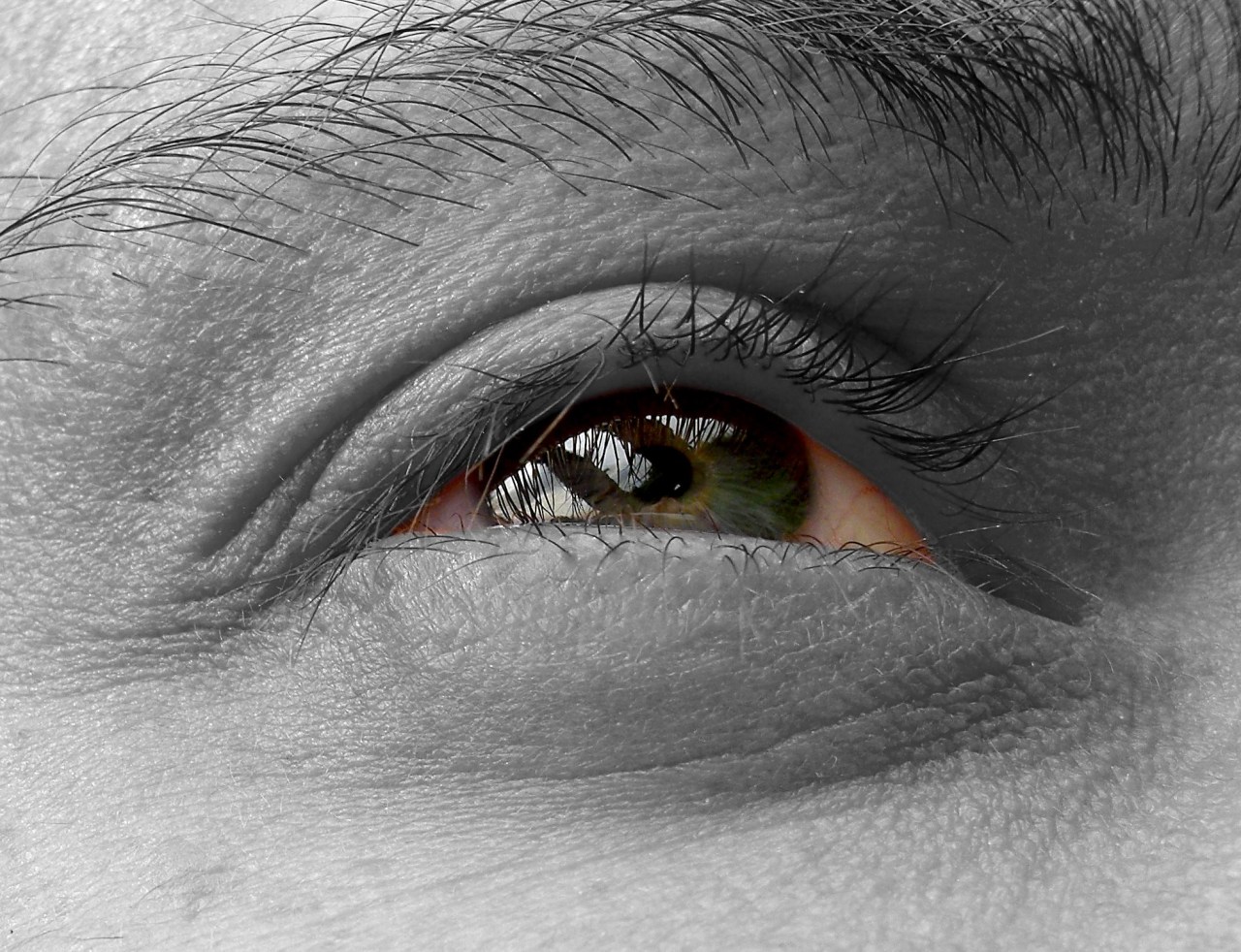In an era where technology advances at breakneck speed, the balance between creativity and automated imitation comes into sharp focus, especially for artists. As generative AI becomes capable of producing art in mere moments, the challenge for human artists is not just to create but also to protect their unique styles and intellectual property. Enter Glaze, a pioneering initiative from the University of Chicago that aims to cloak original art and shield it from the prying eyes of AI algorithms. Let’s dive into how this cutting-edge solution offers hope and protection for artists navigating the complex digital landscape.
The Art of Cloaking: A Tech-Based Defense
Glaze operates on a highly sophisticated mechanism, applying subtle “perturbations” to artwork, rendering it challenging for AI models to decode and replicate the original style. To the naked eye, the changes are almost imperceptible; however, for AI, these modifications pose significant hurdles. This balancing act—between preserving the integrity of artistic vision while warding off machine mimicry—sets Glaze apart in its approach to safeguarding artistic creativity.
The Struggle for Artistic Identity
Throughout history, artists have dedicated countless hours, years even, to refine their craft. In stark contrast, generative AI tools such as Midjourney or Stable Diffusion can generate artwork with mere words or prompts. This asymmetry creates pressing implications: artists often find their styles appropriated without consent, leading to potential financial ruin and diminished career opportunities.
- Artists finding their names used to generate AI art without remuneration, a silent theft.
- The inability of independent creators to promote their work online due to fears of AI mimicry.
- Ongoing discussions in art communities about the ethics and implications of AI-generated art.
Adversarial Techniques: The Journey to Cloaked Creativity
Ben Zhao, the lead researcher behind Glaze, emphasizes that the tool represents an instance of “attack” in the classical sense. The goal is to distort the AI’s understanding of artistic style while minimizing changes to the original artwork. This approach stems from a fundamental understanding of how AI perceives artistic elements, an awareness of how to exploit the differences between human and machine vision.
The tool has its limitations; certain styles are more resistant to cloaking than others. For example, minimalist designs with clean lines may be harder to protect effectively. Nevertheless, the researchers posit that even a small percentage of protected works can influence how AI perceives an artist’s style overall, creating a ripple effect that disrupts mimetic capabilities.
The Ethical Landscape: Power Imbalances and Legal Gaps
The power struggle between human creators and tech conglomerates poses ethical dilemmas that call for immediate attention. Many artists are left grappling with the daunting reality that their creative works have been used to train AI systems without their knowledge or consent. The evolution of copyright laws is crucial, as existing regulations struggle to keep pace with technological advancements.
As Zhao puts it, this current landscape grants a significant advantage to commercial AI entities while leaving individual artists vulnerable. Projects like Glaze aim to empower creators, providing them with tools and communal efforts that can alter this narrative.
Future Directions: A Space for Hope
The introduction of Glaze in this rapidly evolving field opens the door for further innovations and advancements. With growing concern among various creative communities—including writers, musicians, and visual artists—there’s an opportunity to address these unsettling challenges collaboratively. Glaze’s implications extend beyond mere defense; they advocate for an evolving understanding of content ownership in an increasingly digital world.
Moreover, as we explore the intersection of creativity and technology, one has to wonder about the future of AI applications in creative domains. Will we see tools emerge to protect literary styles, or even music? Zhao and his team already envision exploring these avenues, ensuring that artists across disciplines are not left defenseless against encroaching automation.
Conclusion: A Call to Action for Artists
Glaze’s introduction stands as a beacon of hope for artists facing uncertain futures in the age of AI. While the challenges are daunting, the existence of such tools offers a sense of agency, enabling artists to reclaim their creative territories. As the dialogue around AI art continues, initiatives like Glaze urge us to engage with preservation, protection, and ultimately, the empowerment of creatives.
At fxis.ai, we believe that such advancements are crucial for the future of AI, as they enable more comprehensive and effective solutions. Our team is continually exploring new methodologies to push the envelope in artificial intelligence, ensuring that our clients benefit from the latest technological innovations. For more insights, updates, or to collaborate on AI development projects, stay connected with fxis.ai.

